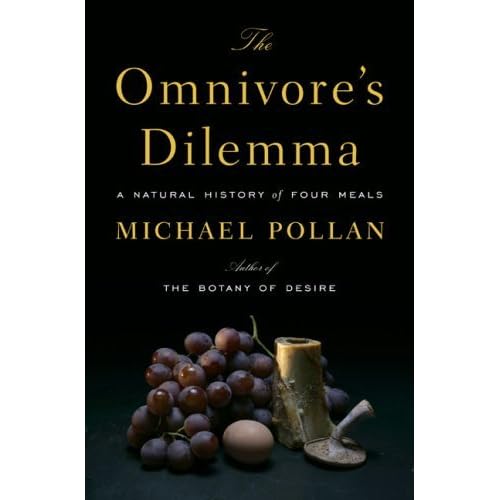crossposted from: EQUIDAD@listserv.paho.org
Global health risks
World Health Organization, October 2009
Available online as PDF file [70p.] at:
http://www.who.int/healthinfo/global_burden_disease/GlobalHealthRisks_report_full.pdf
A response to the need for comprehensive, consistent and comparable information on health risks at global and regional level.
Global health risks is a comprehensive assessment of leading risks to global health. It provides detailed global and regional estimates of premature mortality, disability and loss of health attributable to 24 global risk factors.
“……A description of diseases and injuries and the risk factors that cause them is vital for health decision-making and planning. Data on the health of popu lations and the risks they face are often fragmen tary and sometimes inconsistent. A comprehensive framework is needed to pull together information and facilitate comparisons of the relative importance of health risks across different populations globally.
Most scientific and health resources go towards treatment. However, understanding the risks to health is key to preventing disease and injuries. A particular disease or injury is often caused by more than one risk factor, which means that multiple interventions are available to target each of these risks. For example, the infectious agent Mycobacte rium tuberculosis is the direct cause of tuberculosis; however, crowded housing and poor nutrition also increase the risk, which presents multiple paths for preventing the disease. In turn, most risk factors are associated with more than one disease, and targeting those factors can reduce multiple causes of disease. For example, reducing smoking will result in fewer deaths and less disease from lung cancer, heart dis ease, stroke, chronic respiratory disease and other conditions. By quantifying the impact of risk factors on diseases, evidence-based choices can be made about the most effective interventions to improve global health….”
This document – the Global health risks report – provides an update for the year 2004 of the compara tive risk assessment (CRA) for 24 global risk factors
Key figures and graphs [ppt 1.17Mb]
The Report in Sections
Website: http://www.who.int/healthinfo/global_burden_disease/global_health_risks/en/index.html
:: Front cover, table of contents and summary [pdf 930kb]
:: Part 1: Introduction [pdf 994kb]
:: Part 2: Results [pdf 1.57Mb]
:: Part 3: Joint effects of risk factors [pdf 443kb]
:: Annex A: Data and methods [pdf 841kb]
:: References [pdf 148kb]


















